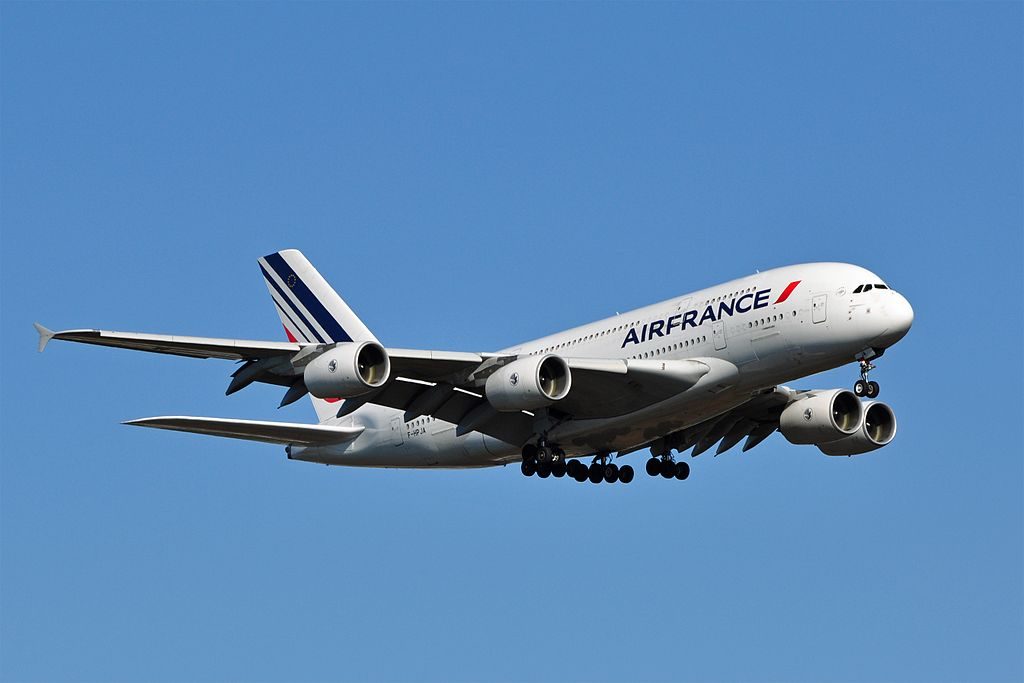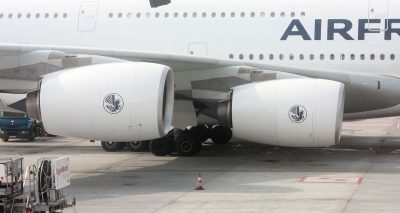
An Air France Airbus 380 engine exploded over the Atlantic Ocean on Saturday, September 30. Air France Flight 66 was heading from Paris France to Los Angeles International.
The Airbus 380 is a two story aircraft first used in commercial service in 2007. It holds the distinction of being the world’s largest passenger aircraft.
Passengers heard an explosion as the aircraft passed south of Greenland. This video shows the engine that was damaged (https://www.youtube.com/watch?v=UIgrs9aDtNE ). It looks like Number 1 of the four engine aircraft. Engines are generally numbered from left to right (from the perspective of the cockpit looking forward).

Each engine on an Airbus 380 produces about 80,000 pounds of thrust. The aircraft itself can weigh over 1,000,000 pounds at takeoff. However the aircraft can safely be flown with the three remaining engines at altitude. I previously blogged about my flight on the Airbus 380 (see https://doctoraviation.com/airbus-380-plane/ )
The problem is often when there is an explosion debris can fly into other parts of the aircraft, creating more damage and danger. The quintessential example is United Airlines Flight 232m which had Engine 2 explode on the Lockheed L10-11 in 1989. The explosion severed the hydraulic lines leaving the airplane next to impossible to maneuver. The aircraft was brought a fiery crash landing, by a very competent crew in Sioux City Iowa. We cover this accident in depth in Session 5 of Doctor Aviation.

In Saturday’s explosion the crew decided to divert to the nearest suitable airfield to land. In this case it was Goose Bay Airport in Labrador Canada. The airport is not designed for jumbo jets, so the passengers and crew were stranded on board for a number of hours. Meanwhile the airport personnel tried to figure out how to get the passengers out of the high aircraft.
This explosion will focus attention on the number of engines required to fly over the ocean. For years the FAA and other aviation agencies required aircraft to have more than two engines. The requirement was waived in the last twenty years. Engines had become more powerful and more dependable. Doctor Aviation wonders if this will re-open the question of, “Do we need more than two engines over the ocean”.
